Zeroes After Zeroes: The World’s Highest Currencies
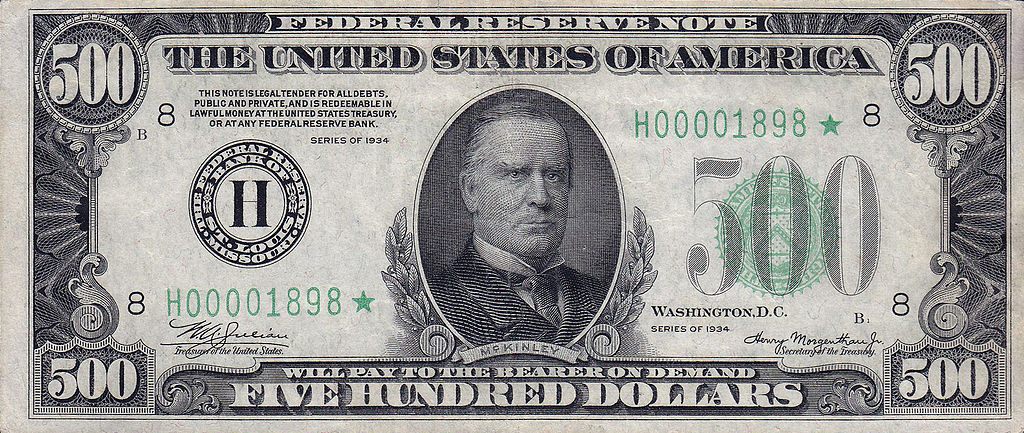 $500 United States bill (via moneyfactory.gov)
$500 United States bill (via moneyfactory.gov)
Throughout the history of paper money, there have been instances of bills printed that go into the millions, billions, trillions, and even the quintillions. Some are historical relics worth much mainly to collectors, while others are still in use today.
 The United States $100 bill is known the world over. According to former Federal Reserve Chairman Ben Bernanke, two-thirds of all $100 bills circulate outside of the country. The United States also printed $500, $1,000, $5,000, and $10,000 bills until the 1940s. In 1969, denominations of US currency over $100 were declared obsolete by executive order of President Nixon, and there are no plans to resume their printing, partly for concerns of their use in organized crime.
The United States $100 bill is known the world over. According to former Federal Reserve Chairman Ben Bernanke, two-thirds of all $100 bills circulate outside of the country. The United States also printed $500, $1,000, $5,000, and $10,000 bills until the 1940s. In 1969, denominations of US currency over $100 were declared obsolete by executive order of President Nixon, and there are no plans to resume their printing, partly for concerns of their use in organized crime.
The $10,000 bill would have bought over $64,000 worth of goods in today’s US dollars, and Benny Binion famously displayed 100 of these bills — a million dollars in cash — at Binion’s Horseshoe casino in downtown Las Vegas until 2000. The largest denomination bill printed by the US, however, was the $100,000 gold certificate, with a portrait of President Woodrow Wilson (shown at left courtesy the National Museum of American History). Only 42,000 of these were printed in the 1930s for use within the Federal Reserve. They are considered government property and illegal for collectors to own, but one specimen is kept by the Smithsonian and exhibited on occasion.
 A Series 1890 $1,000 Treasury Note depicting George Meade (via National Museum of American History)
A Series 1890 $1,000 Treasury Note depicting George Meade (via National Museum of American History)
 $1,000 Gold Certificate, Series 1928, with Grover Cleveland (via National Museum of American History)
$1,000 Gold Certificate, Series 1928, with Grover Cleveland (via National Museum of American History)
Throughout the world, currency with denominations higher than 100 regularly circulates. The European Union currently uses a €500 note. Canada’s C$1,000 bill, with its pink printing and nicknamed the “pinkie,” circulated, albeit rarely, until 2000 when it was retired, again, due to organized crime concerns. Japan prints a 10,000 yen bill. Indonesia prints a 100,000 rupiah note. Italy printed a 500,000 lira note until it adapted the euro, and Vietnam prints a 500,000 dong note today. This bill as of this writing is worth about US$24.
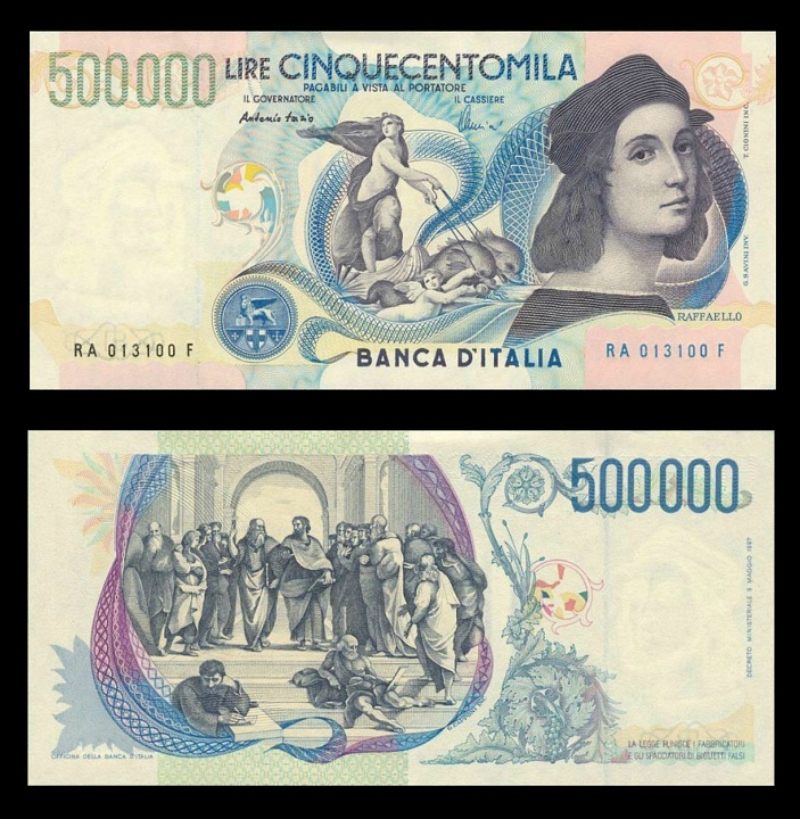 500,000 lira, showing Raffaello Sanzio (via OneArmedMan/Wikimedia)
500,000 lira, showing Raffaello Sanzio (via OneArmedMan/Wikimedia)
One could feel like a millionaire with only one bill in the currencies of Romania and Turkey, before they were revalued in 2005 by their respective governments. Until then, they were considered at various points the world’s least valuable currencies by the Guinness Book of World Records. Romania had printed 1 and 5 million leu notes. Turkey had printed 1, 5, 10, and 20 million lira notes. The 20 million lira note in 2005 was worth US$13.50. Romania and Turkey revalued their currencies in 2005 by lopping off six zeroes and then reissuing bills in smaller denominations.
 Million Romanian leu from 2003 (via aes.iupui.edu)
Million Romanian leu from 2003 (via aes.iupui.edu)
The Bank of England uses very large denomination notes for transactions between it and the Banks of Scotland and Northern Ireland. A “giant” is one of these notes that is backed by one million pounds, and a “titan” is backed by 100 million pounds. Only for these transactions — not for the general public — are the notes kept in vaults.
 £100,000,000 Titan (photograph by James Oxley, via Bank of England)
£100,000,000 Titan (photograph by James Oxley, via Bank of England)
The above examples of large denomination bills were printed in stable, or relatively stable, economies. If a country undergoes a period of hyperinflation, currencies devalue in a very short amount of time, and the government may continue to print out very large denomination bills to compensate, sometimes in the millions, billions, and trillions.
Brazil and Austria once printed 500,000 cruzeiro real and kronen notes. Argentina and Georgia had one million peso and laris notes. Peru printed a five million intis bill. Bolivia printed a 10 million peso bill. Axis-occupied Greece printed a 100 billion drachma bill. As Yugoslavia was dissolving, it printed 500 billion dinar notes. Weimar Germany printed bills of long-scale billion, or short-scale trillion, Marks. Zimbabwe had printed bills up to its largest, 100 trillion dollars, in 2009. According to the Wall Street Journal, this bill would not have even bought bus fare in the capital of Harare at the time.
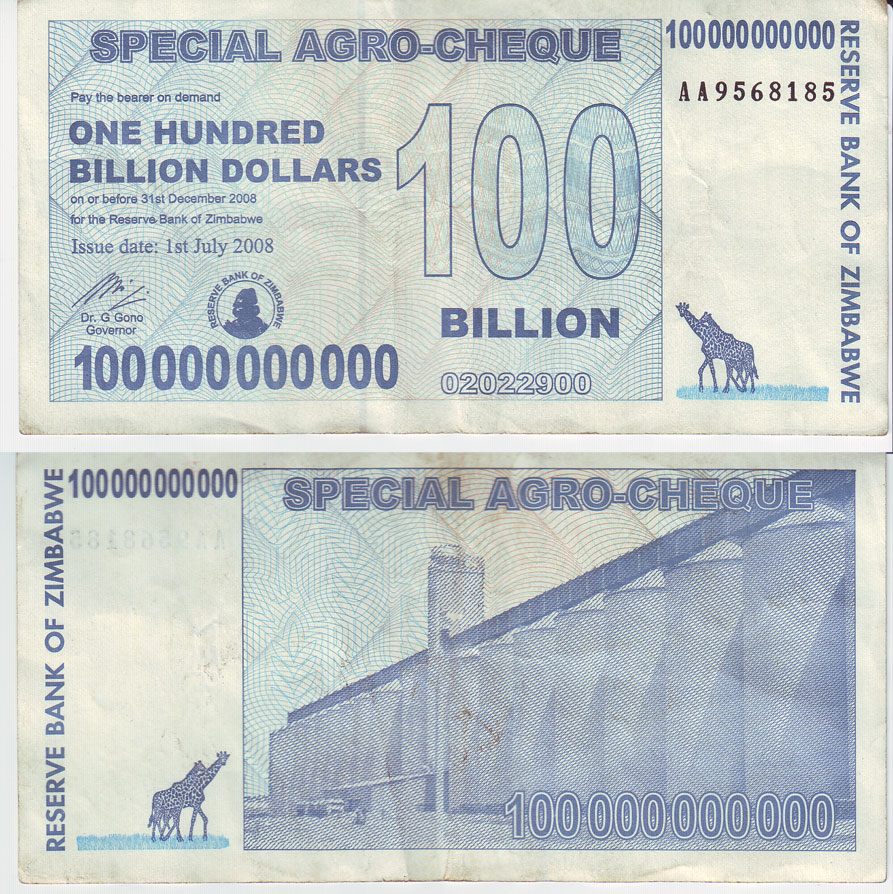 One billion Zimbabwe dollars (photograph by Samantha Marx/Flickr)
One billion Zimbabwe dollars (photograph by Samantha Marx/Flickr)
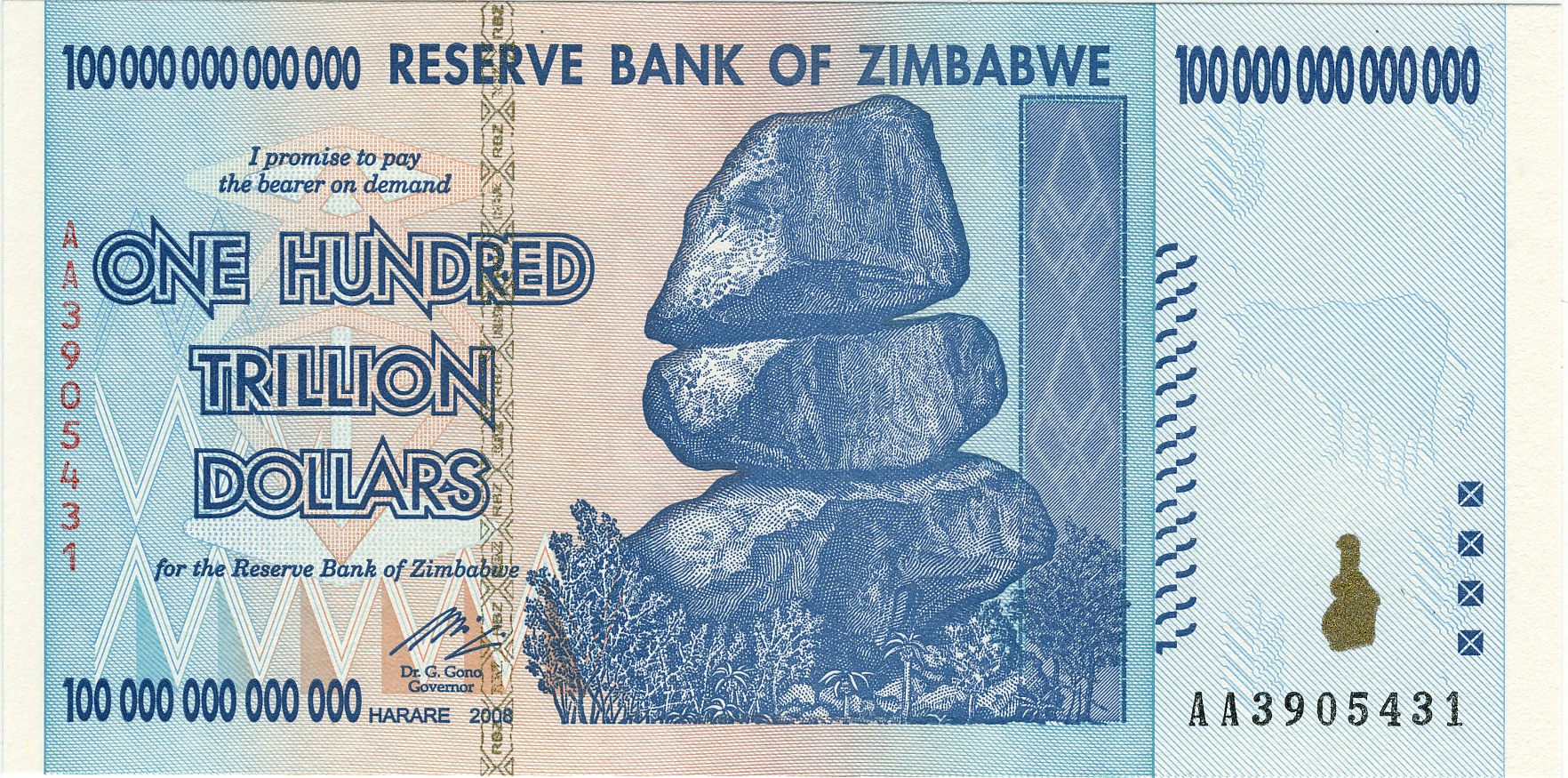 Later Zimbabwe Z$100,000,000,000,000 Note (via Camp0s/Wikimedia)
Later Zimbabwe Z$100,000,000,000,000 Note (via Camp0s/Wikimedia)
The world’s worst case of hyperinflation was in post-war Hungary until August 1946. Collectors recognize some Hungarian pengő bills as those with the highest denomination ever. During this period a long-scale 100 million billion, or short-scale 100 quintillion (1x10^20, a 1 followed by 20 zeroes), pengő bill was issued. While printed, a long-scale milliard billion, or short-scale 1 sextillion (1x10^21), pengő bill was not issued.
It would barely have bought anything of real value at the time. Hungary introduced its new currency in 1946, the forint, and a famous photograph showed a street sweeper sending very large pengő bills into the sewer. One new forint was exchangeable for 400 octillion (4 x 10^29) pengő.

Sweeping large amounts of pengő away (via Timur lenk / Hungarian National Museum)
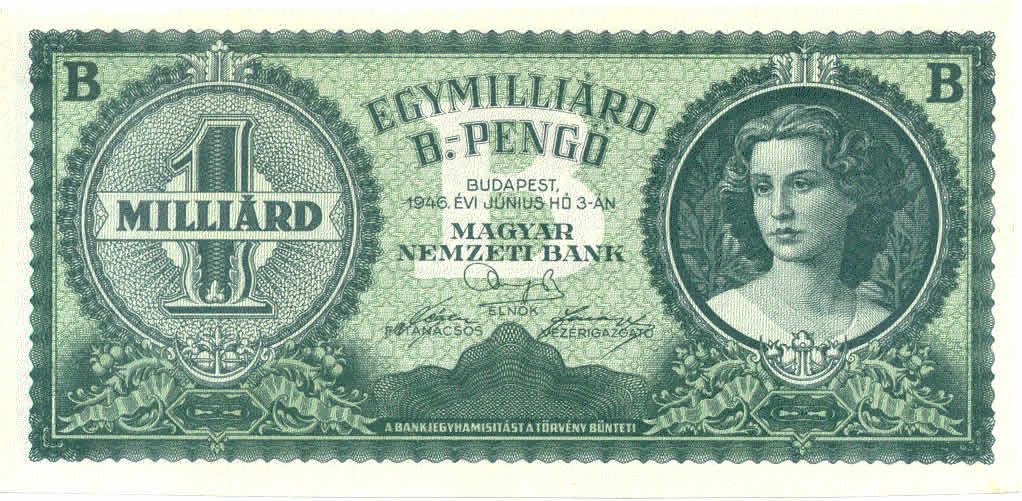 Hungarian 1 Sextillion Note, considered by collectors the highest denomination bill (via Peter.orosz/Wikimedia)
Hungarian 1 Sextillion Note, considered by collectors the highest denomination bill (via Peter.orosz/Wikimedia)
Some of these very large bills are now curious collectors’ items, so anyone can feel like a trillionaire or beyond, if only for a fleeting, hyperinflated moment.



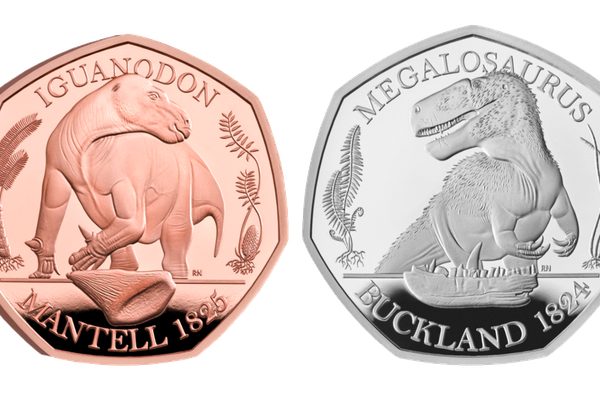








Follow us on Twitter to get the latest on the world's hidden wonders.
Like us on Facebook to get the latest on the world's hidden wonders.
Follow us on Twitter Like us on Facebook